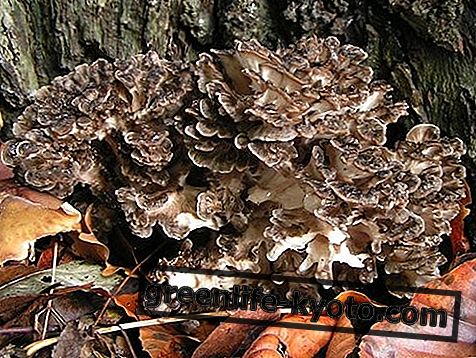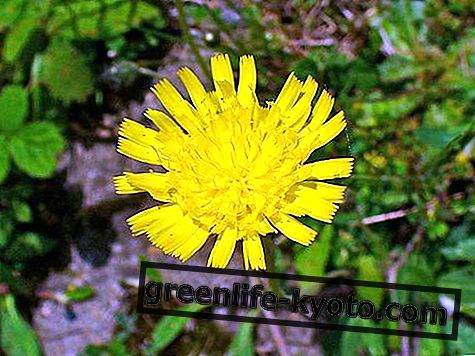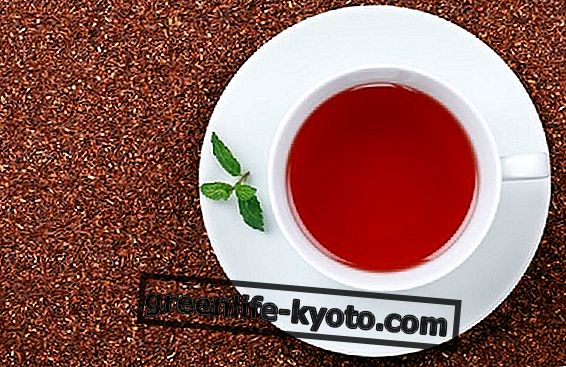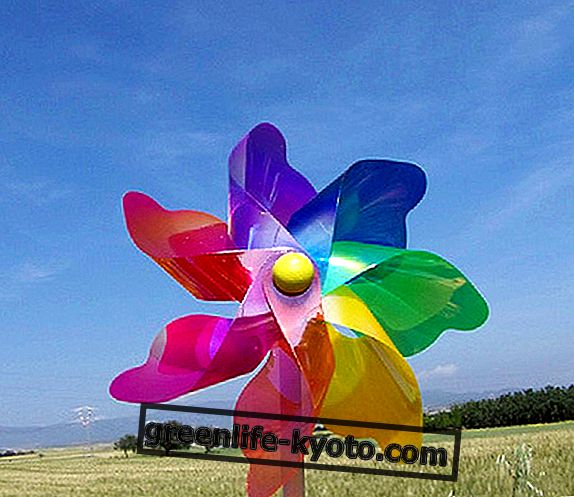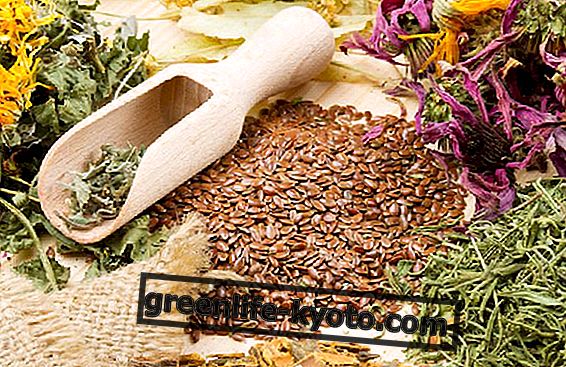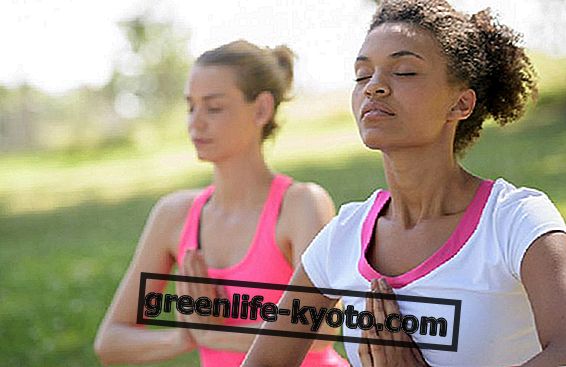
Although astronomy has revealed to us that the dimensions of the Sun and the Moon are extremely different, when we see them chasing each other in the skies they have a similar size
This element suggests to our deepest psyche the balance between two fair powers, two poles that revolve around our consciousness influencing it with their opposite valences: light and darkness, heat and freshness, fire and water, male and female, day and night .
Therefore the well-known Greeting to the Sun of Hatha Yoga contrasts with the Greeting to the Moon or Chandra Namaskara ( Chandra means Moon in Sanskrit, while namaskara stands for bowing with the meaning of greeting, paying tribute, bringing respect).
Greeting to the Moon and Greeting to the Sun.
We know all about the Sun Salutation, the sequence has been practiced for thousands of people every day for centuries.
However, we know little about the Greeting to the Moon, and this is symptomatic of the psychic orientation of our modern culture .
The Sun Salutation is an invigorating and energizing practice, typical of a society based on competition, performance and haste.
The Greeting to the Moon is a practice of energy catering, bringing calm, awareness, ideal for learning to let go and pacify stress. Ideal to connect with your feminine side .
Neither is better than the other, it is not a competition, like yin and yang, the two greeting sequences complement and compensate each other.
No coincidence that the Greeting to the Sun is practiced at the beginning of the day or of yoga practice to activate the energies while the Chandra Namaskara is generally practiced at the end (of the day or of the practice) to pacify them and balance them.
The sequence of the Chandra Namaskara
When we talk about the Chandra Namaskara, we must know that there are at least two versions, a more modern and dynamic one, which includes transitions through the Somachandrasana (asana of the lunar nectar), the Anahatasana (asana of the heart chakra) and others.
A less modern and therefore more classic version of the Chandra Namaskara is instead limited to slightly differing from the Greeting to the Sun.
The numbers of the asanas through which the 2 sequences pass are indicative: the 12 of the Sun Salutation represent the 12 zodiac signs crossed by the Sun during the year, while the 14 anasas of the Chandra Namaskara represent the days of light and darkness that the faces of the moon receive during a cycle.
1. Pranamasana : it begins in an upright position, with the feet together and the palms of the hands joined in front of the chest. You breathe with your eyes closed relaxing your whole body.
2. Hasta Uttanasana : inhale and open the chest and shoulders and lean backwards.
3. Utanasana : exhale and bend forward, keeping your legs straight, as long as you can touch the ground with your hands, to the side of your feet
4. Ashwa Sanchalanasana : inhale and stretch the right leg behind us with the plant facing upwards, bending the knee of the left leg as far as possible. Arch your back backwards, looking up and touching the sole at the sides with your fingers.
5. Ardha Chandrasana : continue to inhale and stretch your arms backwards, opening your chest and shoulders well.
6. Parvatasana : exhale and join the feet with the palms towards the ground. Also keep the palms of your hands on the ground and raise your hips upwards keeping both your legs and arms straight, depicting a triangle, or rather a mountain.
7. Asthanga Namaskara : still breathing out, we will bring the chest to the ground and feet to the fingers. Shoulders, knees and chin will touch the ground while the hips will be raised.
8. Bhujangasana : inhale and, keeping the palms of the hands on the ground next to the shoulders, we will arch backwards while bringing the pelvis down. Looking up.
9. Repeat the Parvatasana, or point 6.
10. Repeat the Ashwa Sanchalanasana as in step 4, but this time on the left side.
11. Repeat the Ardha Chandrasana as in step 5, obviously on the left side.
12. Return to Utanasana, as in point 3.
13. Go up to Hasta Uttanasana, as in point 2.
14. Conclude cycle 1 Pranamasana, as in point 1.
> ">

